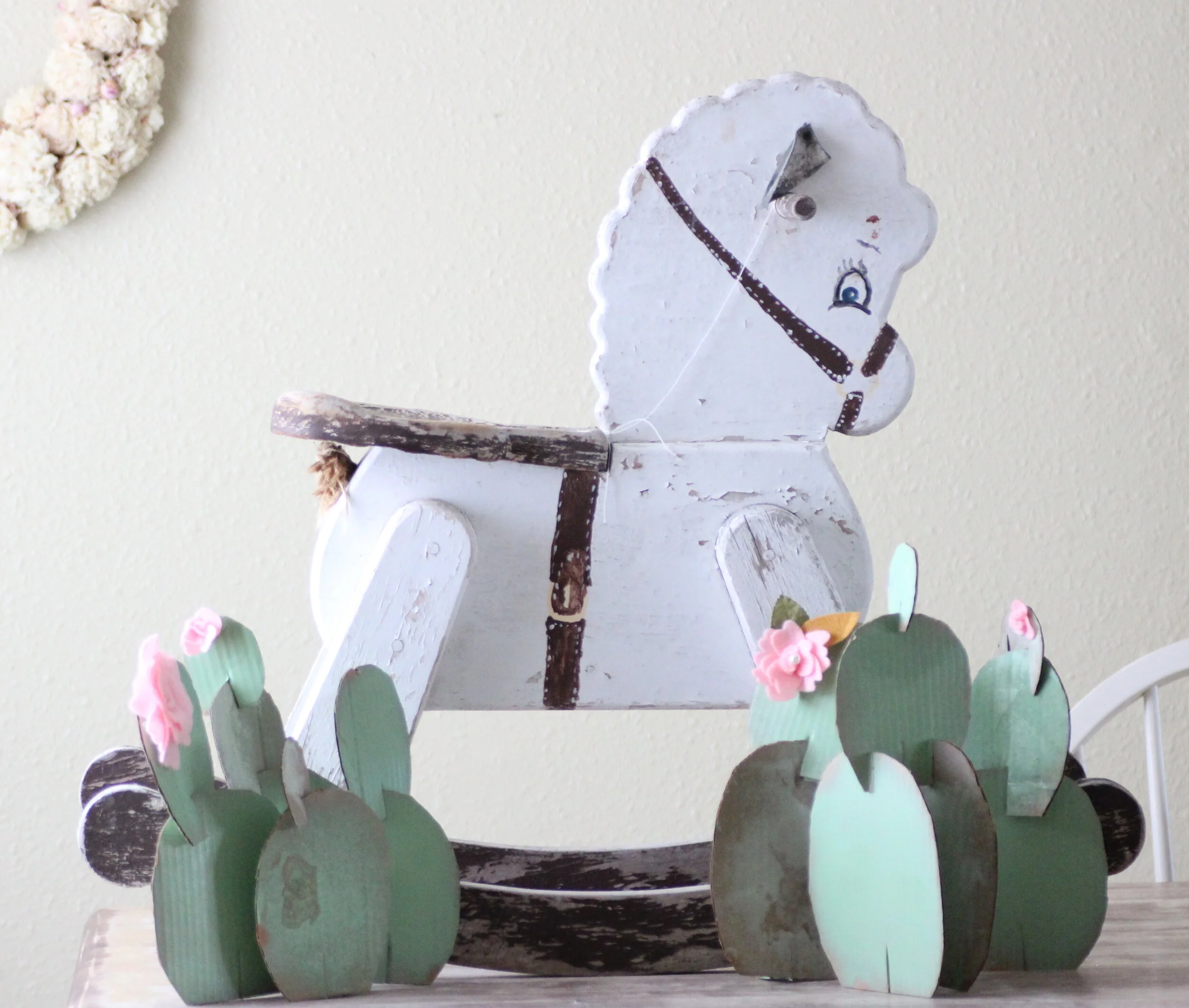Tulips
“In a time of extreme stress and uncertainty, we are here to help make things a little less stressful for you.” Blares the artificial and meaningless announcement from the Walmart intercom. So please, buy and purchase some more, at our store (of course), in an effort to take your mind off of the world.
What’s a better way to relieve stress?
Stay away from the stores.
Stay away from panicked, misled, and confused people.
Stay away from the media.
Find a hobby. Preferably one which incorporates an element of nature.
Better yet, immerse yourself in nature.
My tulips and daffodils recently bloomed. With great self control, I try to keep them attached to the plant for a day or two so that I don’t appear too greedy to the plant world. I don’t want to upset their gracious rythm.
But after those obligatory two days, I whisper a sweet “thank you” into the flower’s little luscious petals, carefully and cut the stem and place it in my favorite vase of water (which is usually just a glorified canning jar because minimalism). After I relish another day or two of its graceful presence on my counter and just before the light and fervor leaves the dear plant, I lop it’s head and place it in silica gel.
Tulips are undoubtedly at the very top of my list of favorite flowers. And that’s a lot to be said considering that they’re contending with the queen of flowers, the peony. The steadfast nature of a tulip lies not only in their robust and curvaceous petals but also their hardiness and perennial livelihood.
Contrary to popular thought the tulip did not, in fact, originate in Holland. It originated as a wild flower growing in Central Asia and was cultivated in Turkey. It was then introduced to Holland in the 16th century. Carolus Clusius, a biologist, wrote a book about tulips and from there the popularity sprang. The tulip was once used for medicinal properties such as a diuretic and remedy for cold and other uses as well but its use as a garden decoration caught on with the Dutch.
Hybridizations began as the price of bulbs shot off so high that some were worth as much as a home’s value. The term “Tulip Mania” became termed in reference to a temporary economic boom based on that of a flower. There is even speculation that some people mortgaged their homes and farms for the purchase of an exotic and hybridized tulip. Finally in 1637 the boom crashed and people finally came to their senses and stopped purchasing bulbs as such high prices. Yet through the 17th and 18th centuries interest in the tulips among the Dutch still remained as they became connoisseurs of this great flower.
In the 20th century it was discovered that the frilly petals on some varieties, as opposed to the smoothness of healthy ones, was actually due to a virus from a louse insect that lived on peaches and potatoes. Since then, the frilly petals that can now be found are from a stabilized genetically modified plant.
History repeats itself time and again. Refer to the past and you will find tidbit examples that people in the right circumstances have the propensity to act senselessly. Most affluently this happens when there is a crisis or simply materialistic grandeur involved. Predicting the future by relying on the outcomes of the past can be a dependable prognostic… and strangely soothing for these certainly uncertain times.
I’ll be in my garden…













